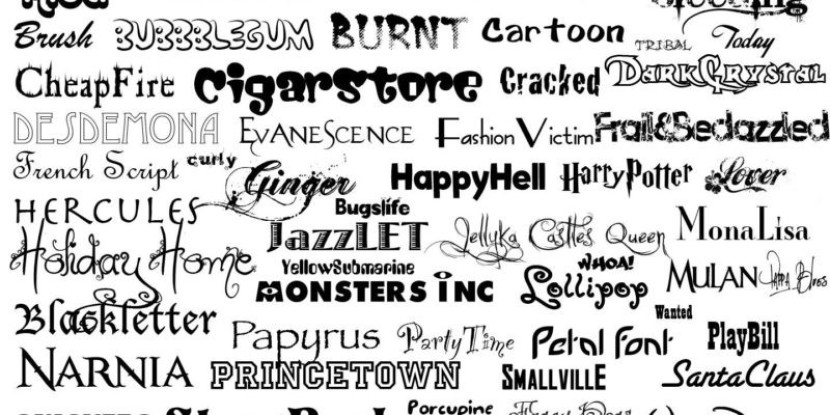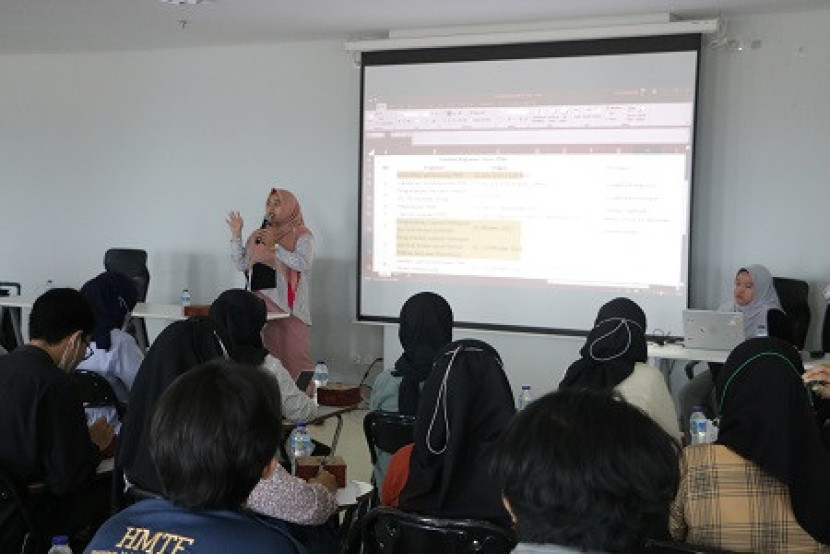 donganh teddy
donganh teddy
The Difference Between Typography and Fonts Explained
Genta | 2023-08-19 15:19:42Typography and fonts are two words that we frequently hear in the design world. But, what do they mean? Some might think that both refer to the same thing, but they don't. Typography is an art form that involves the arrangement, design, and use of typefaces in print and digital materials. On the other hand, fonts refer to the specific method of displaying text in a particular typeface, size, and style. In this blog post, we will dive deeper into the details of both typography and fonts to help you understand the difference between them.
Typography is a vital component in the design process. It's an art that combines the visual aspects of the text with the meaning it conveys. Typography involves the selection, arrangement, size, spacing, and color of typefaces to create an appealing and readable design. A design with good typography should be easy to read and use, and it should enhance the mood and tone of the message. In essence, typography creates visual hierarchy and communicates the intent of the design.
Fonts, on the other hand, refer to specific file sets containing the visual representation of typefaces. They are a specific collection of letters, symbols, and numbers that are available in a certain style, size, and weight. Fonts come in various formats, including TrueType, OpenType, and PostScript, and they can be installed on a computer or web server to use them in various applications. Examples of fonts include Arial, Times New Roman, and Helvetica. Fonts play a considerable role in branding and design. They help to convey the tone of a message and distinguish one brand from another.
The choice of typography and fonts plays a crucial role in the success of a design. A well-thought-out design must take into account the content and context of the message that needs to be conveyed. Typography choices must work harmoniously with the existing branding and convey the desired message. Fonts must be carefully selected based on their readability, tone, and appropriateness to the context. For example, serif fonts are often used in print materials like books, newspapers, and printed documents, while sans-serif fonts are more commonly used in digital applications like websites and mobile apps.
In recent years, typography and fonts have also taken on greater importance in digital design. Mobile and web applications have spurred new and exciting typography trends, which mix and match different fonts and styles for a unique and engaging user experience. Designers use typography to create visual hierarchy on a web page, guide viewers' attention to essential information, and communicate effectively with the user. In essence, typography creates the personality and voice of a website or app. If you are looking for a font style, use it for free at https://fontesdeletras.io/nl/
In conclusion, typography and fonts are two essential elements of design that play a crucial role in the success of a design. Typography involves the arrangement and design of typefaces to enhance the meaning of a message, while fonts refer to the specific method of displaying text in a particular typeface, size, and style. Both typography and fonts are vital components that create the mood and tone of a message while also giving it life. As a designer, it's essential to consider various factors when choosing typography and fonts, including context, content, readability, and appropriateness. By doing so, you can create unique and engaging designs that communicate effectively to your audience.

Disclaimer
Retizen adalah Blog Republika Netizen untuk menyampaikan gagasan, informasi, dan pemikiran terkait berbagai hal. Semua pengisi Blog Retizen atau Retizener bertanggung jawab penuh atas isi, foto, gambar, video, dan grafik yang dibuat dan dipublished di Blog Retizen. Retizener dalam menulis konten harus memenuhi kaidah dan hukum yang berlaku (UU Pers, UU ITE, dan KUHP). Konten yang ditulis juga harus memenuhi prinsip Jurnalistik meliputi faktual, valid, verifikasi, cek dan ricek serta kredibel.










